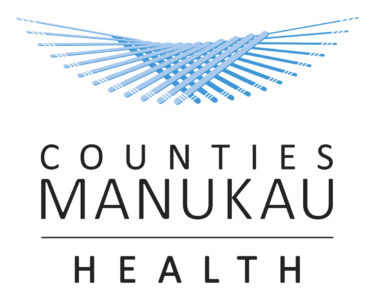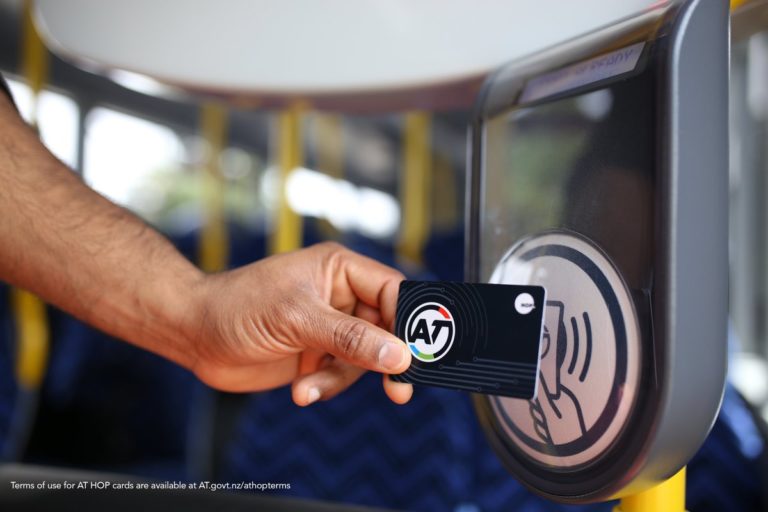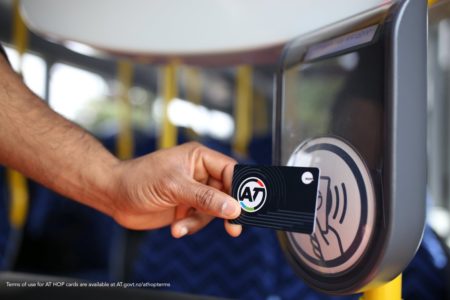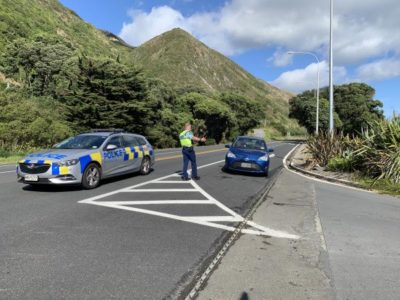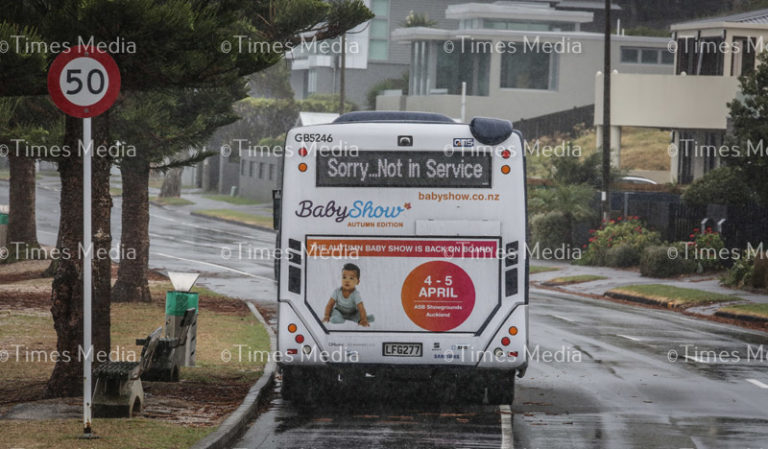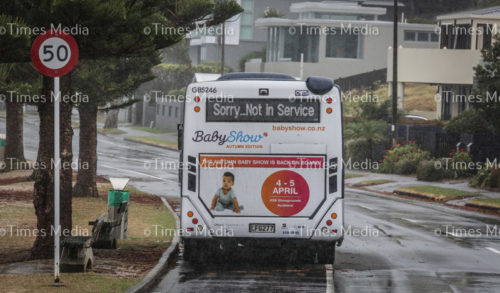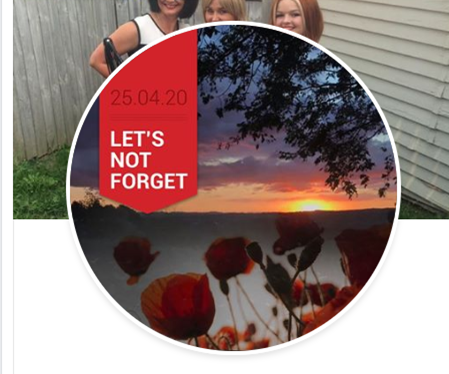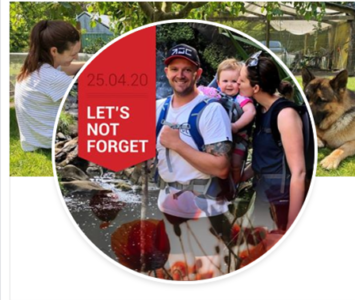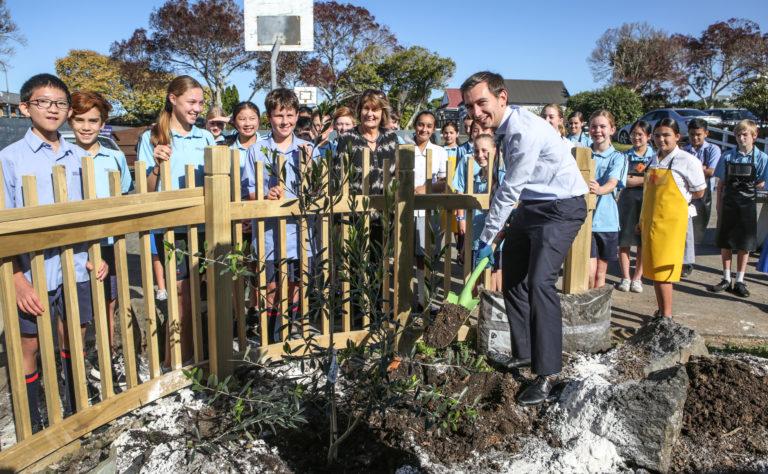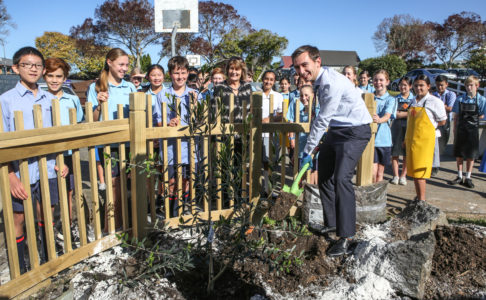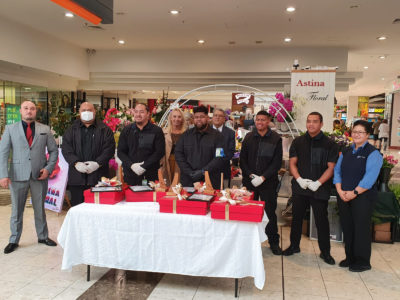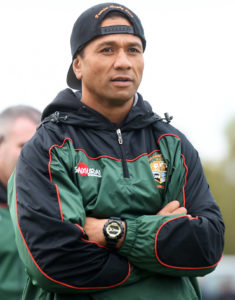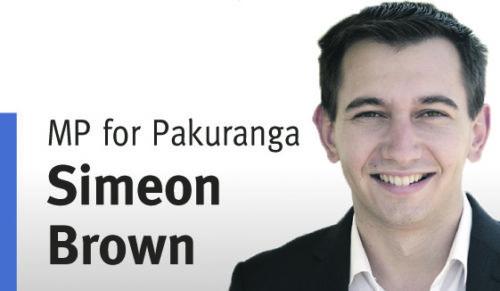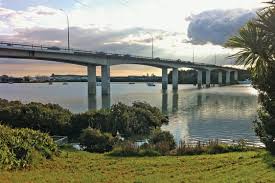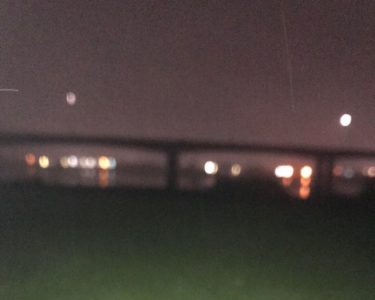
Ministry of Health Covid-19 update
May 29, 2020
For the seventh day in a row, there are no new cases of Covid-19 to report in New Zealand.
Our total number of confirmed cases remains at 1154 which is the number we report to the World Health Organization.
Our combined total of confirmed and probable cases remains at 1504.
There are seven additional recovered cases meaning this total is now 1481. Only one case remains active.
There are no additional deaths to report.
There is no one in New Zealand receiving hospital-level care for Covid-19.
Yesterday our laboratories completed 4162 tests, bringing the total number of tests completed to date to 275,852.
NZ Covid Tracer app
The NZ Covid Tracer app has now recorded 446,000 registrations – that’s an increase of 10,000 since this time yesterday.
We continue to encourage as many people as possible to download the app – it will help us identify, trace, test and isolate any cases of Covid-19.
We also recognise the work being done by businesses to get their unique QR codes up and running, with 19,530 posters having been created as of this morning.
Gatherings
A change to the size of social gatherings that are permitted under Alert Level 2 came into effect at midday today.
Groups of up to 100 people are now permitted – this includes events at home and outside of home, and gatherings like religious services, parties, weddings, tangihanga and funerals.
It’s important everyone continues to play it safe.
The person in charge of a social gathering must ensure records are kept for contact tracing purposes, except in cases where every person in a gathering knows each other.
The rules of “seated, separated, single-server” still apply for hospitality businesses, but they can now take group bookings for more than 10 people.
Faith-based gatherings and clubs will be able to operate with the 100 person maximum applying in each defined area, as long as intermingling in common spaces can be prevented.
More information about the changes to gatherings under Alert Level 2 can be found here.
Masks
For the public, staying home if you’re unwell, maintaining physical distancing and basic hygiene measures remain the most important way to stop the spread of infections, including Covid-19. This is reinforced by the Ministry’s latest advice on community use of face masks published today along with an updated policy and evidence review.
Basic hygiene measures include:
- hand hygiene – that is, washing hands regularly with soap and water, then drying them thoroughly, or cleansing with alcohol-based hand sanitiser containing at least 60% alcohol
- coughing or sneezing into a tissue or your elbow and then performing hand hygiene
- avoiding touching your face
- cleaning surfaces and frequently touched items regularly.
The use of face masks can reduce the spread of infection when used correctly and in the appropriate context. They are recommended in situations where people are more likely to be exposed to Covid-19, such as health care settings and those involved in border management.
Based on our current Covid-19 context, for most people in the community the advice remains unchanged – healthy people in the community are not required to wear a face mask for protection from Covid-19 in New Zealand. Healthy members of the public may choose to purchase and wear a face mask, or make their own. We encourage them to use their face mask safely, as there are risks associated with incorrect use of all types of face masks.
More information is available on the Ministry website about the use of face masks in the community, including how to use face masks safely and the updated review on the science and policy around face masks and Covid-19.




